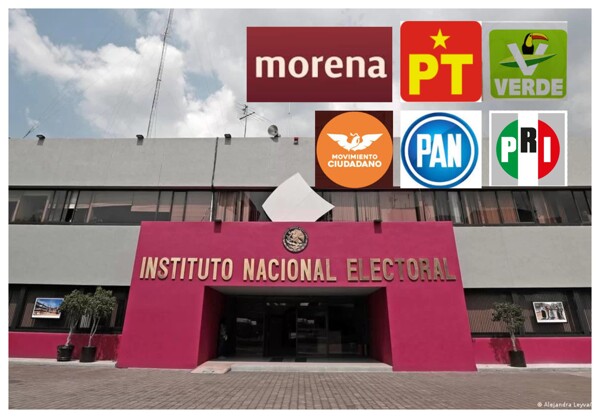
A drop in imports usually indicates a lower dynamism in domestic demand, which poses a challenging outlook for the future. On the other hand, a more protectionist stance in the United States may further harm national exports, especially in the context of proposed tariffs by presidential candidates in that country.
Regarding projects aimed at strengthening national trade, the modernization of operational rules for the port of Manzanillo stands out, the plans to increase the commercial capacity of the port of Progreso in Yucatán, the collaboration between Aeroméxico and Amazon to boost cargo trade in Mexico, and the extension of customs hours at the port of Lázaro Cárdenas.
On the domestic front, automotive exports experienced a significant drop of 4.5% monthly, while imports decreased by 5.7% monthly, mainly due to the contraction in the importation of intermediate goods (-6.9%). This decline in the demand for intermediate goods suggests a slowdown in the manufacturing sector of final goods.
The trade balance for September showed a deficit of 579 million dollars, less than what the market consensus expected. Exports had a monthly slowdown of 1%, highlighting the strong contraction of petroleum exports (-14.3%). In line with this, non-petroleum exports decreased by 0.4%, with manufacturing exports showing a decline of 1% monthly.
Mexico remains the main trading partner of the United States, especially in the context of the trade dispute between this country and China. It is crucial for the future to strengthen and enhance the trade relationship between Mexico and the United States, as well as to invest in infrastructure, education, and energy generation to maintain global competitiveness.
In summary, it is essential to create the right conditions to gain competitive advantages at the international level and attract productive investment. Investment in infrastructure, education, and energy will be key to keeping Mexico as a competitive country in the global landscape.














